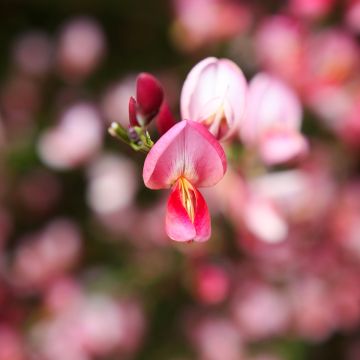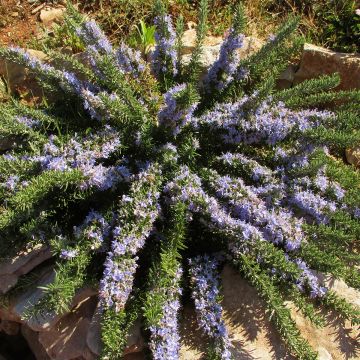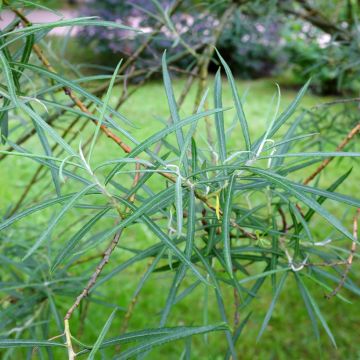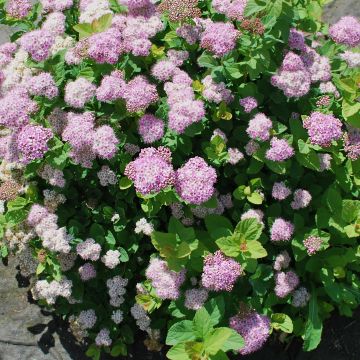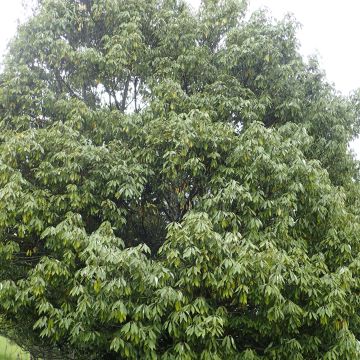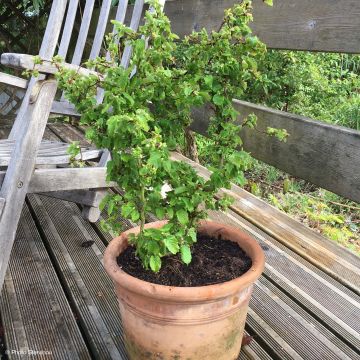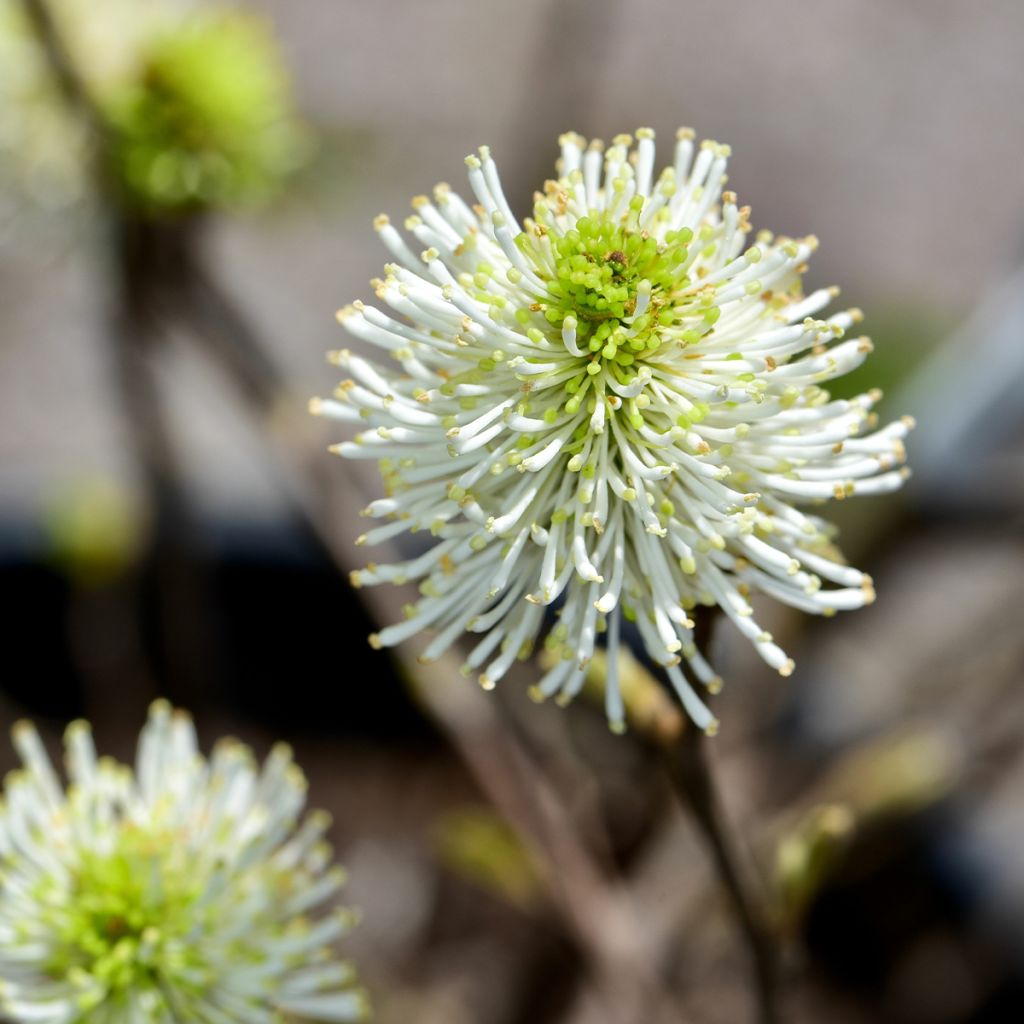

Fothergilla gardenii Suzanne
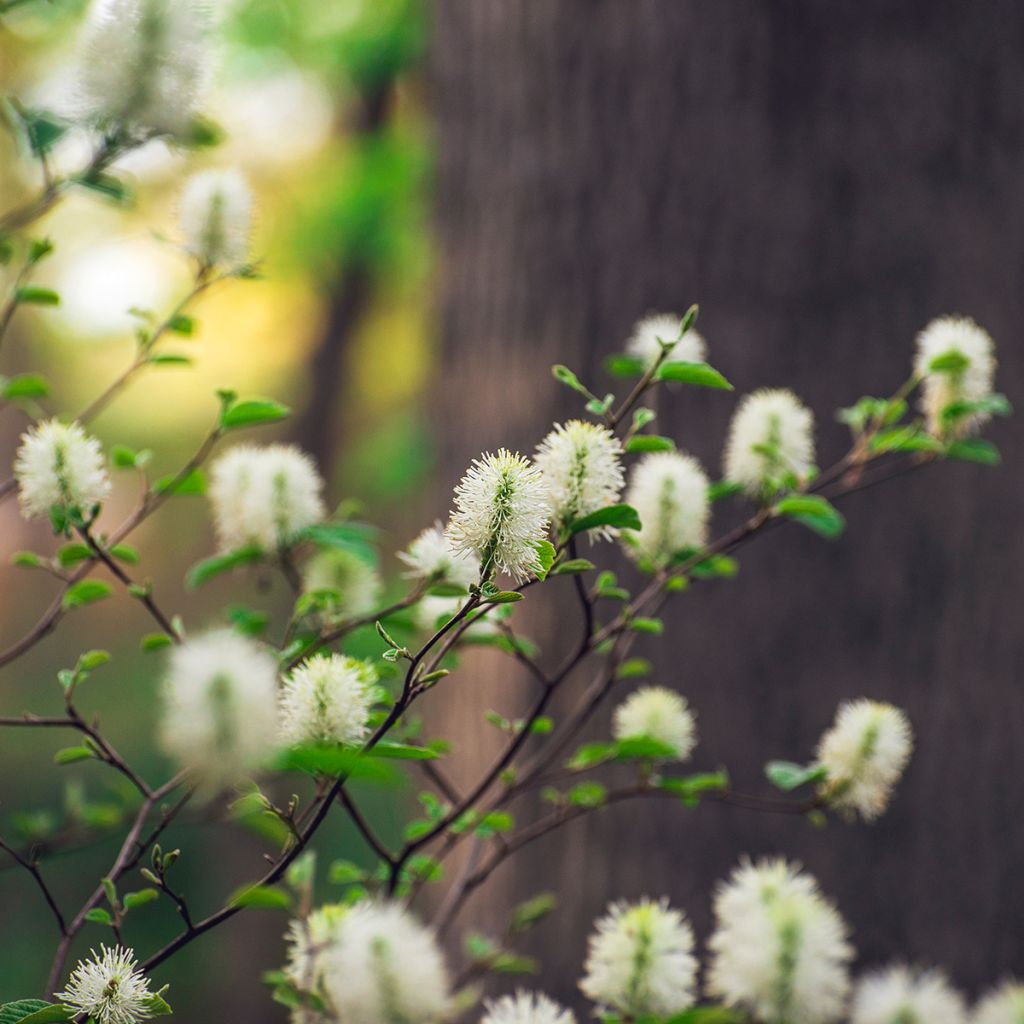

Fothergilla gardenii Suzanne


Fothergilla gardenii Suzanne
Fothergilla gardenii Suzanne
Fothergilla gardenii Suzanne
Dwarf Fothergilla, American Witch Alder
Special offer!
Receive a €20 voucher for any order over €90 (excluding delivery costs, credit notes, and plastic-free options)!
1- Add your favorite plants to your cart.
2- Once you have reached €90, confirm your order (you can even choose the delivery date!).
3- As soon as your order is shipped, you will receive an email containing your voucher code, valid for 3 months (90 days).
Your voucher is unique and can only be used once, for any order with a minimum value of €20, excluding delivery costs.
Can be combined with other current offers, non-divisible and non-refundable.
Home or relay delivery (depending on size and destination)
Schedule delivery date,
and select date in basket
This plant carries a 24 months recovery warranty
More information
We guarantee the quality of our plants for a full growing cycle, and will replace at our expense any plant that fails to recover under normal climatic and planting conditions.
Would this plant suit my garden?
Set up your Plantfit profile →
Description
The Fothergilla gardenii 'Suzanne' is a small variety of Fothergilla that makes a highly ornamental bush. Bushy, dense, and compact, it first offers a flowering with white catkins that smell like honey in spring, greatly appreciated by bees. Its foliage turns orange, purple, and red in autumn. It thrives in acidic to neutral, non-chalky soils. This variety mainly tolerates shade and dry soils.
The Fothergilla gardenii is a cousin of Witch Hazel, native to the southeastern United States. Its natural habitat includes marshy plains, wet savannas, and shrubby peat bogs. While it seems tied to flooded lands, it can endure periods of drought, corresponding to the seasonal drying out of its environment. The 'Suzanne' Garden Fothergilla reaches 75 cm (30in) in height and 90 cm (35in) in width at maturity. Of modest stature, it has a bushy, compact, yet flexible habit. Its growth is slow. Its deciduous foliage somewhat resembles that of hazelnut. It consists of leaves measuring 3 to 8 cm (1 to 3in) in length and 3 to 4 cm (1 to 2in) in width, diamond-shaped, pubescent, embossed, with prominent veins, initially light green, then darkening in summer. They turn yellow and coppery-orange in autumn, with areas of purple-red, filling the garden with sumptuous hues. Its flowers, in conical catkins measuring 3.5 cm (1in) in length, are white and fragrant, appearing in early spring. They abound on grey, bare branches during the months of April-May. Each flower head consists of flowers with numerous upturned stamens embedded in a green-to-cream calyx. The colour ranges from white to cream, with the tip of the 'catkin' being chartreuse green.
The Fothergilla gardenii 'Suzanne' thrives in partial, slightly denser shade. It prefers sandy, humus-bearing, calm, and light soils but can tolerate somewhat drier soil. It is, therefore, more suitable for a location at the base of larger bushes or under trees. Plant it on the edge of a woodland, in a bed of acid-loving plants, in the company of Daphnes, Pieris, and Sarcococca or Autumn Camellias. Plant Heucheras with colours similar to its beautiful autumnal foliage at its base, in shades of purple, caramel, or gold. Winter heathers or hellebores are also good companions.
Report an error about the product description
Plant habit
Flowering
Foliage
Botanical data
Fothergilla
gardenii
Suzanne
Hamamelidaceae
Dwarf Fothergilla, American Witch Alder
Cultivar or hybrid
Other Fothergilla
View all →Planting and care
If you want to appreciate the beauty of your Fothergilla gardenii 'Suzanne', plant it near your house to stand out against a dark background. The best time to plant it is in September-October, so it has time to grow before winter. It prefers partial shade instead of direct sunlight. Fothergilla won't grow well in limestone soil, so it needs either acidic or non-limestone soil enriched with leaf compost and sand.
Tip: Fothergilla plants don't like limestone soil, so their leaves turn yellow and don't flower as well in summer. To help it grow better, use acidic soil when planting it. Keep the soil moist during growth, especially in the first summer. Use mulch around the base of the plant to maintain moisture. Once it's established, you don't need to water it during the summer. Fothergilla is low maintenance and doesn't need fertiliser. Leave dead leaves around the plant to keep the soil healthy. Finally, don't prune this bush.
Planting period
Intended location
Care
Planting & care advice
This item has not been reviewed yet - be the first to leave a review about it.
Similar products
Haven't found what you were looking for?
Hardiness is the lowest winter temperature a plant can endure without suffering serious damage or even dying. However, hardiness is affected by location (a sheltered area, such as a patio), protection (winter cover) and soil type (hardiness is improved by well-drained soil).

Photo Sharing Terms & Conditions
In order to encourage gardeners to interact and share their experiences, Promesse de fleurs offers various media enabling content to be uploaded onto its Site - in particular via the ‘Photo sharing’ module.
The User agrees to refrain from:
- Posting any content that is illegal, prejudicial, insulting, racist, inciteful to hatred, revisionist, contrary to public decency, that infringes on privacy or on the privacy rights of third parties, in particular the publicity rights of persons and goods, intellectual property rights, or the right to privacy.
- Submitting content on behalf of a third party;
- Impersonate the identity of a third party and/or publish any personal information about a third party;
In general, the User undertakes to refrain from any unethical behaviour.
All Content (in particular text, comments, files, images, photos, videos, creative works, etc.), which may be subject to property or intellectual property rights, image or other private rights, shall remain the property of the User, subject to the limited rights granted by the terms of the licence granted by Promesse de fleurs as stated below. Users are at liberty to publish or not to publish such Content on the Site, notably via the ‘Photo Sharing’ facility, and accept that this Content shall be made public and freely accessible, notably on the Internet.
Users further acknowledge, undertake to have ,and guarantee that they hold all necessary rights and permissions to publish such material on the Site, in particular with regard to the legislation in force pertaining to any privacy, property, intellectual property, image, or contractual rights, or rights of any other nature. By publishing such Content on the Site, Users acknowledge accepting full liability as publishers of the Content within the meaning of the law, and grant Promesse de fleurs, free of charge, an inclusive, worldwide licence for the said Content for the entire duration of its publication, including all reproduction, representation, up/downloading, displaying, performing, transmission, and storage rights.
Users also grant permission for their name to be linked to the Content and accept that this link may not always be made available.
By engaging in posting material, Users consent to their Content becoming automatically accessible on the Internet, in particular on other sites and/or blogs and/or web pages of the Promesse de fleurs site, including in particular social pages and the Promesse de fleurs catalogue.
Users may secure the removal of entrusted content free of charge by issuing a simple request via our contact form.
The flowering period indicated on our website applies to countries and regions located in USDA zone 8 (France, the United Kingdom, Ireland, the Netherlands, etc.)
It will vary according to where you live:
- In zones 9 to 10 (Italy, Spain, Greece, etc.), flowering will occur about 2 to 4 weeks earlier.
- In zones 6 to 7 (Germany, Poland, Slovenia, and lower mountainous regions), flowering will be delayed by 2 to 3 weeks.
- In zone 5 (Central Europe, Scandinavia), blooming will be delayed by 3 to 5 weeks.
In temperate climates, pruning of spring-flowering shrubs (forsythia, spireas, etc.) should be done just after flowering.
Pruning of summer-flowering shrubs (Indian Lilac, Perovskia, etc.) can be done in winter or spring.
In cold regions as well as with frost-sensitive plants, avoid pruning too early when severe frosts may still occur.
The planting period indicated on our website applies to countries and regions located in USDA zone 8 (France, United Kingdom, Ireland, Netherlands).
It will vary according to where you live:
- In Mediterranean zones (Marseille, Madrid, Milan, etc.), autumn and winter are the best planting periods.
- In continental zones (Strasbourg, Munich, Vienna, etc.), delay planting by 2 to 3 weeks in spring and bring it forward by 2 to 4 weeks in autumn.
- In mountainous regions (the Alps, Pyrenees, Carpathians, etc.), it is best to plant in late spring (May-June) or late summer (August-September).
The harvesting period indicated on our website applies to countries and regions in USDA zone 8 (France, England, Ireland, the Netherlands).
In colder areas (Scandinavia, Poland, Austria...) fruit and vegetable harvests are likely to be delayed by 3-4 weeks.
In warmer areas (Italy, Spain, Greece, etc.), harvesting will probably take place earlier, depending on weather conditions.
The sowing periods indicated on our website apply to countries and regions within USDA Zone 8 (France, UK, Ireland, Netherlands).
In colder areas (Scandinavia, Poland, Austria...), delay any outdoor sowing by 3-4 weeks, or sow under glass.
In warmer climes (Italy, Spain, Greece, etc.), bring outdoor sowing forward by a few weeks.










































